The latest Netmarketshare figures reveal the share of different versions of Windows globally, and if there is a protagonist, that is not Windows 10, but an intractable Windows 7 used by one of every two PC and laptop users on our planet.
Windows 10 returns to have the enemy at home, and the enemy is none other than resistance to change. The story seems to repeat itself: Windows XP already caused problems to the share of Windows 7 and Windows 8, and now it is Windows 7 that is compromising Microsoft’s ambitions with its latest operating system.
In 2020, Windows 7 support ends
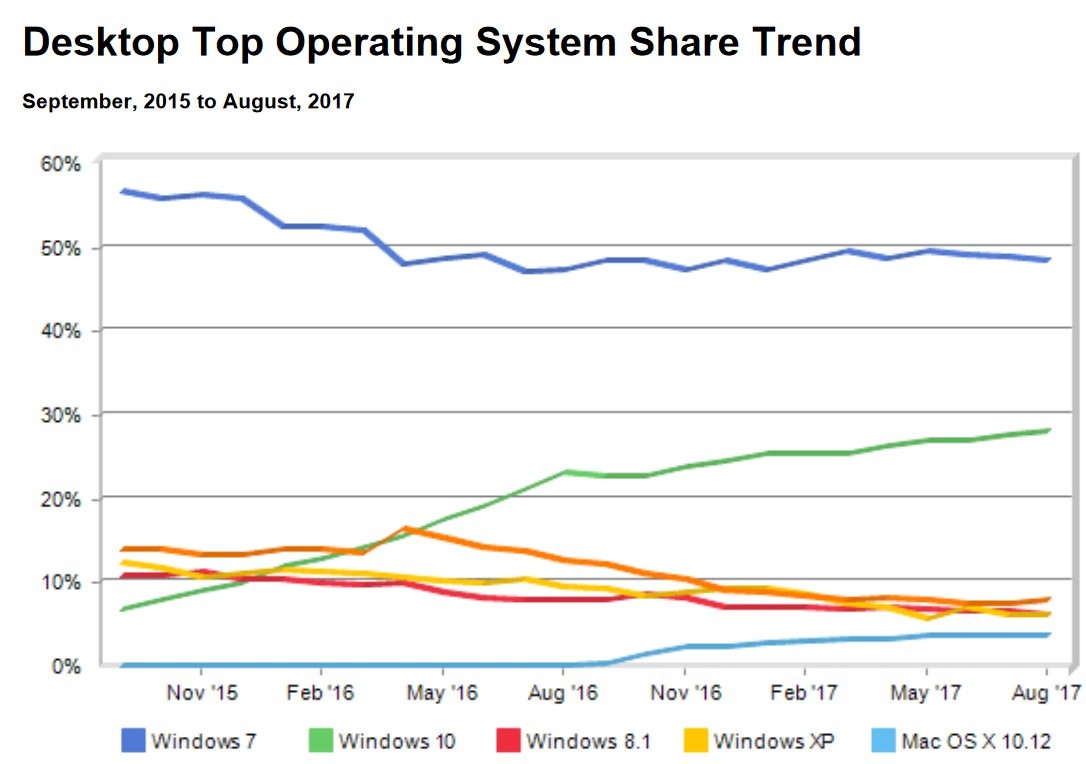
Windows XP gave (and continues to give) the impression of being immortal, and it is surprising that by now, attentive, have the same market share as Windows 8 / 8.1, an operating system that was designed to replace Windows 7, not a Windows XP.
You may also like to read: When to do a clean installation, keep only files or also applications in Windows 10
Meanwhile Windows 7 seems not to tremble before a worrying fact: in two years the support period ends. The next January 14, 2020 ends the “extended support” (conventional support ended on January 13, 2015) of Windows 7, and will then be when users will be literally unprotected from new security threats. Microsoft, except in exceptional cases (as happened with Wannacry), will leave us alone, and continue to use this version of the operating system will jeopardize the security of our data.
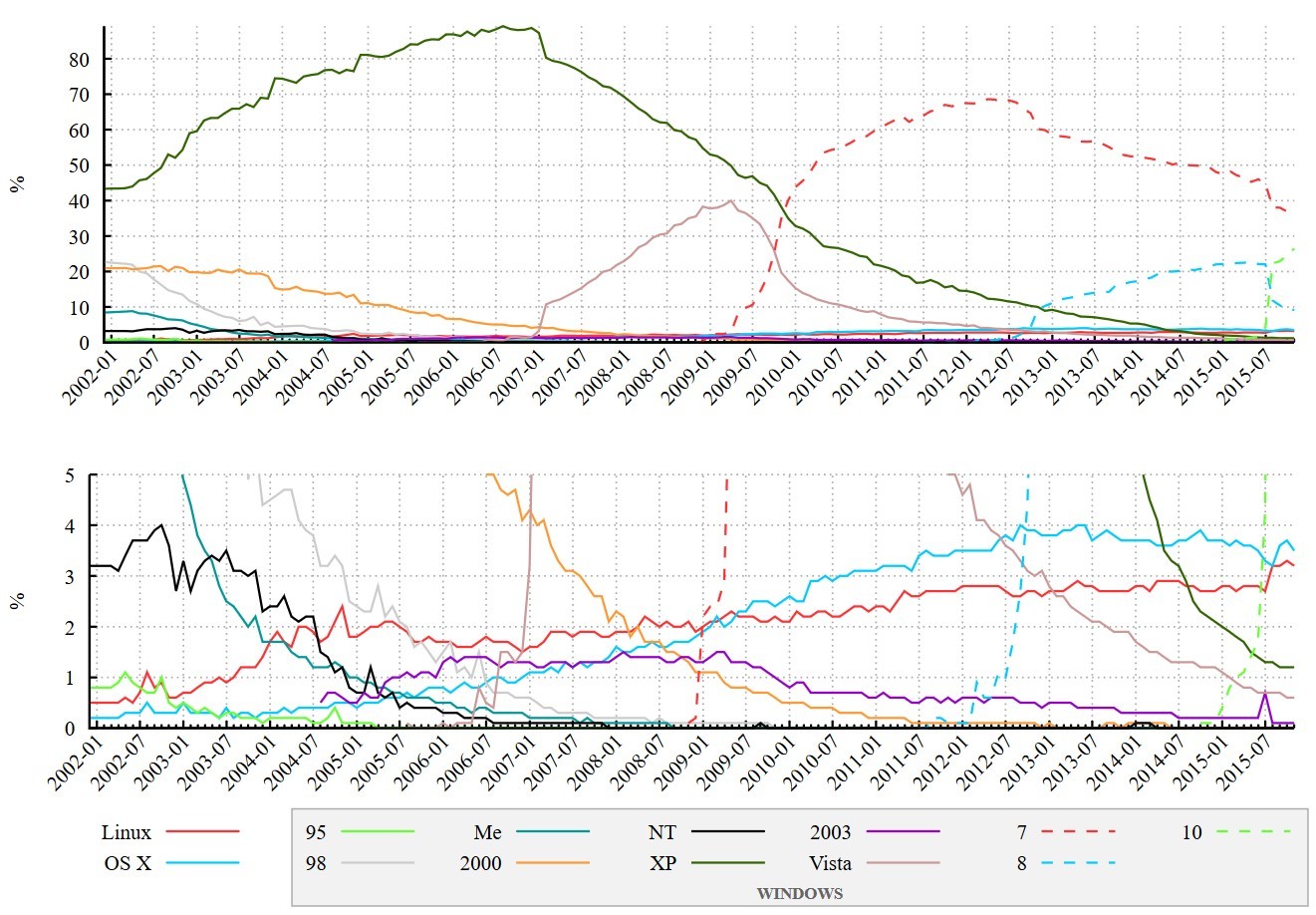

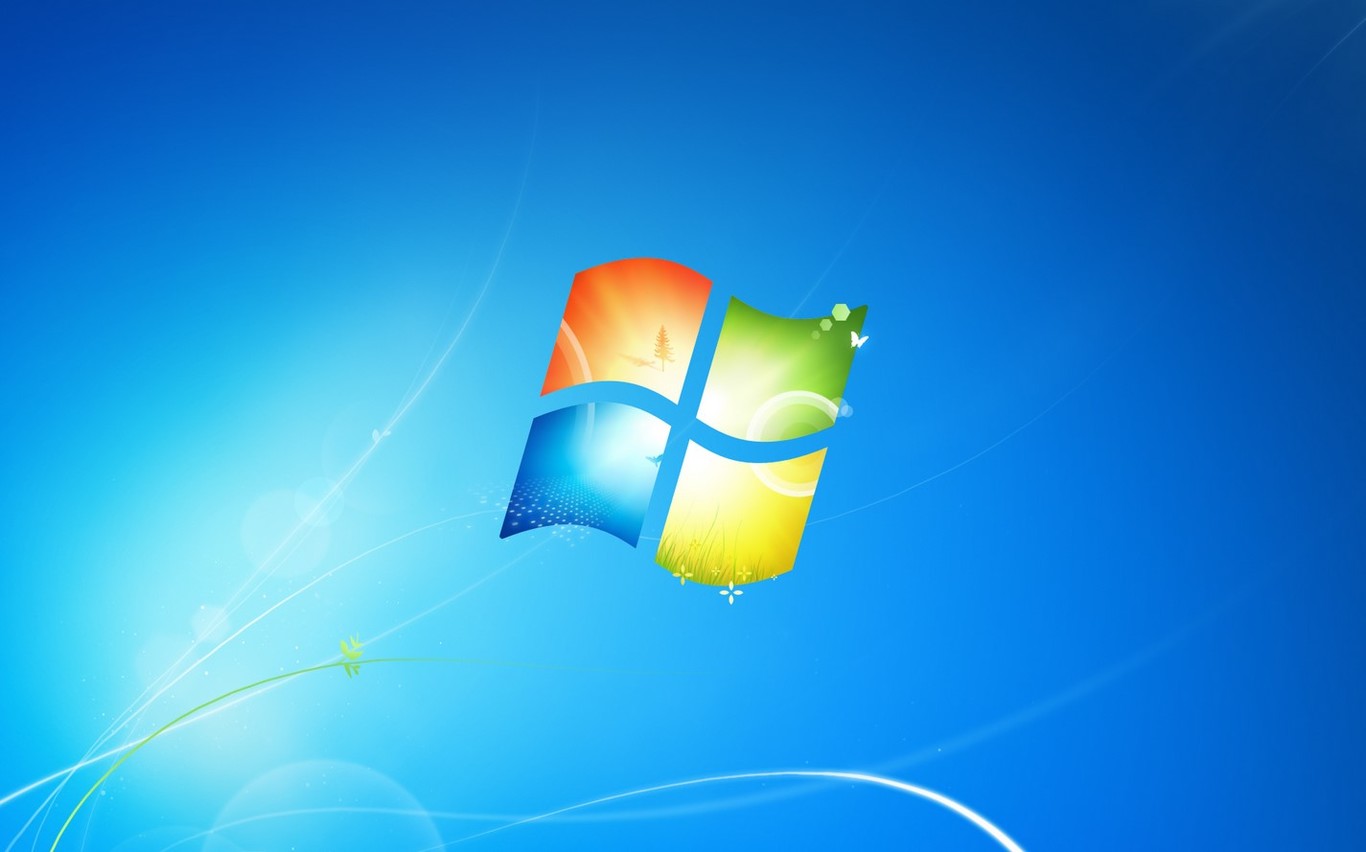
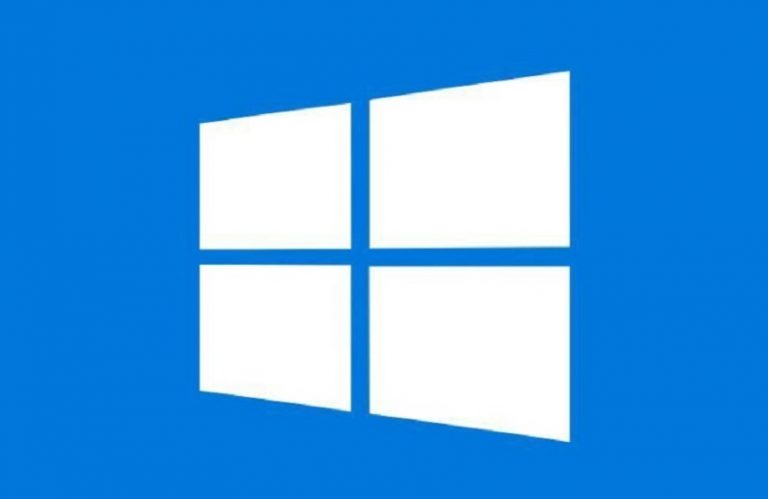
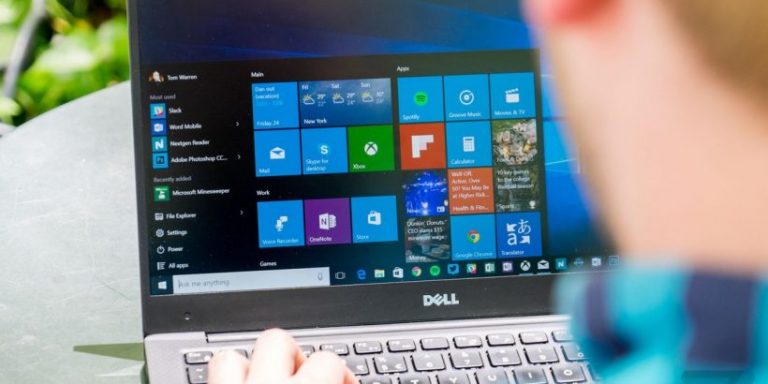
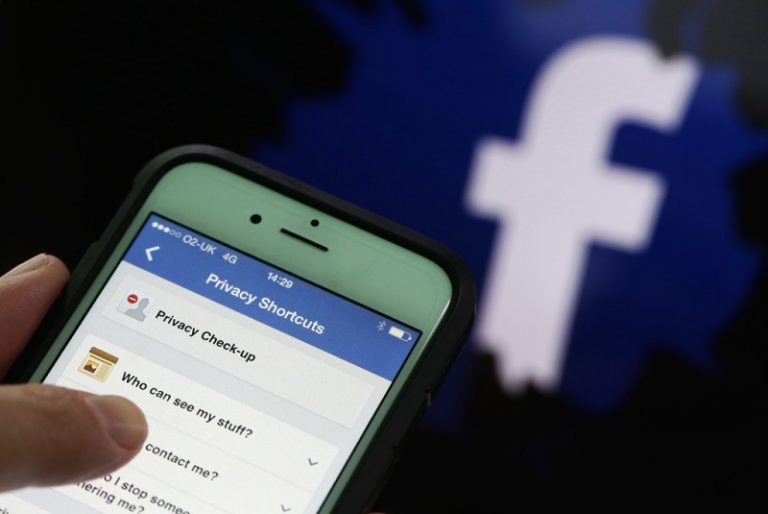
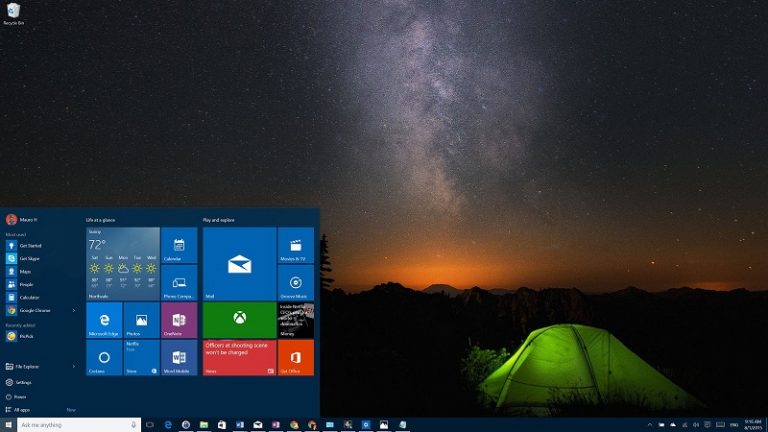



+ There are no comments
Add yours